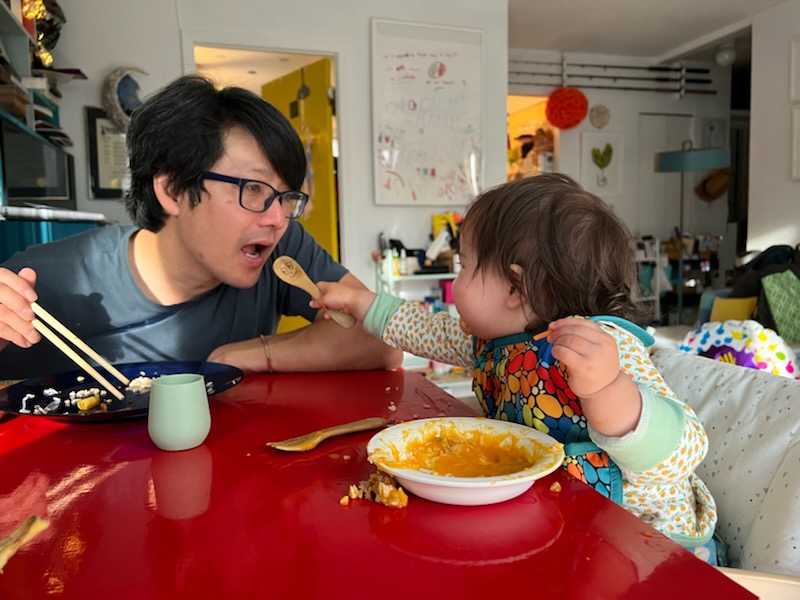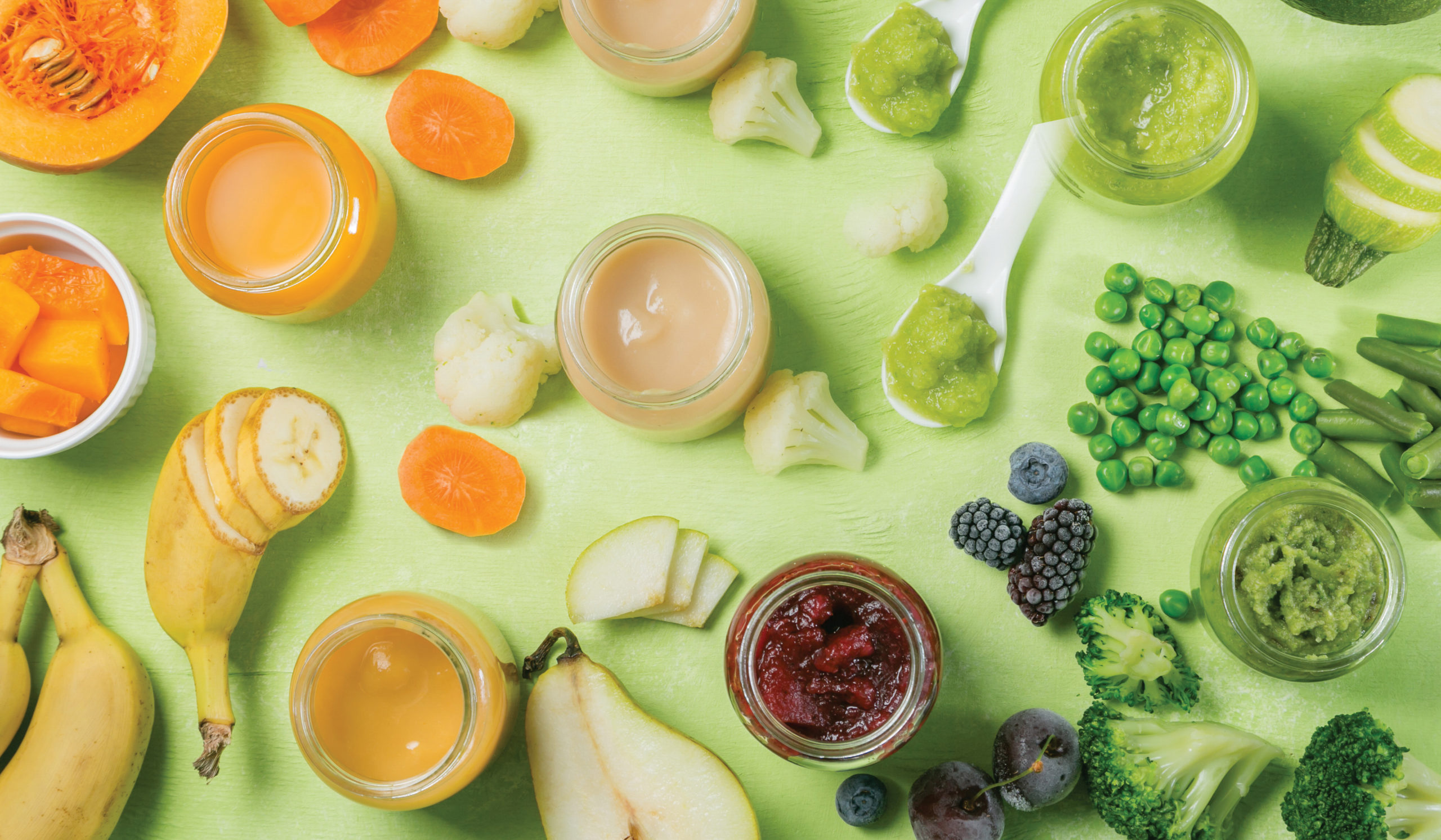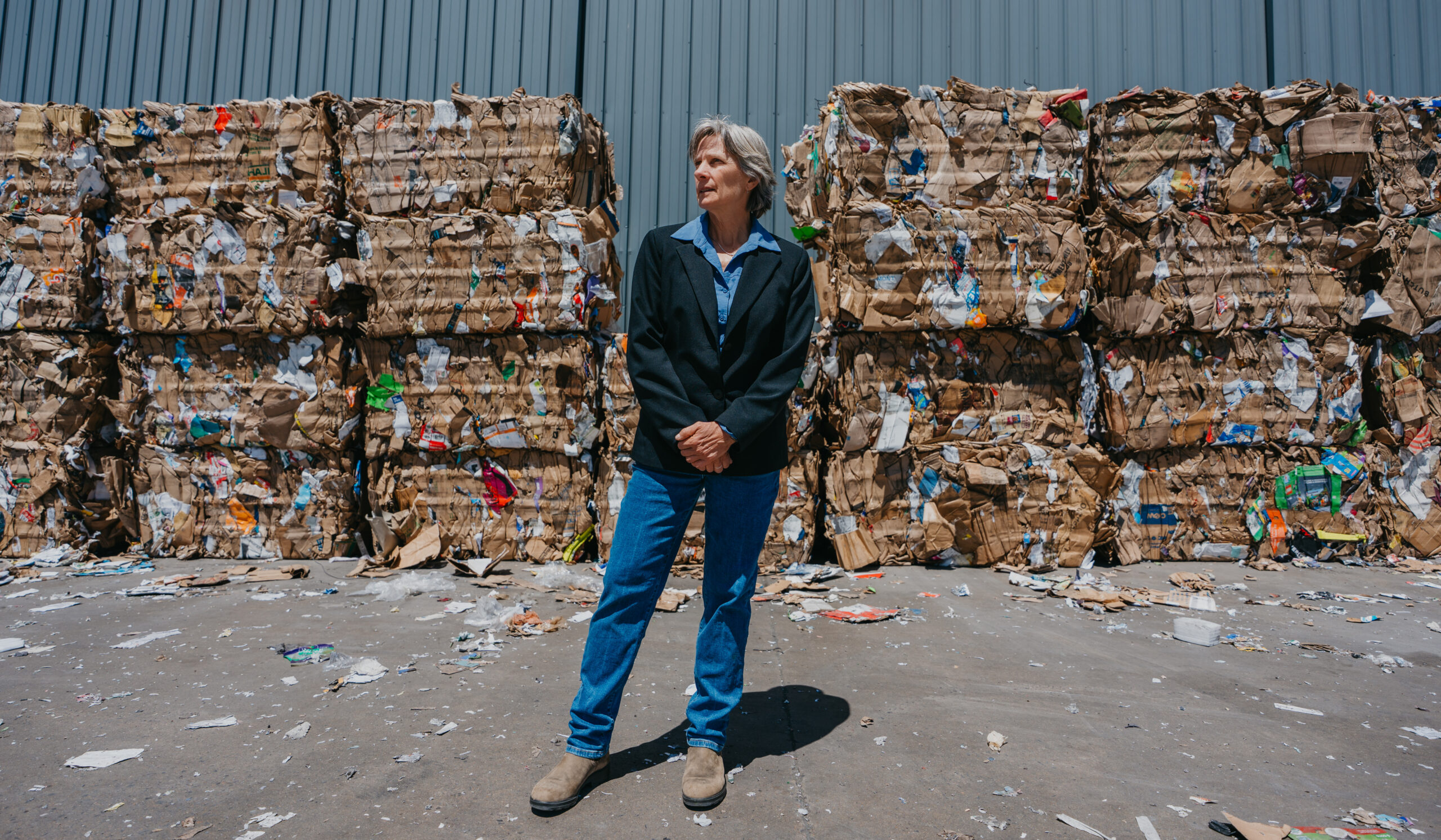If you’ve read this column in the last year, you know that my formative childhood diet consisted of fast food and chain restaurants, with an intermingling of microwave dinners and home-cooked meals. At the table, my mother would jokingly perpetuate the Chinese superstition that the more rice I left on the plate, the more my future wife would have a severe acne problem. But that myth was superseded by mum’s more practical imperative to prioritize eating the expensive parts of a meal… which meant one should always make room for meat.
Eating was mostly the indulgence of epicurean cravings and whims. Within budgetary guideposts, food rarely wandered far from the north star of hedonism, save some fleeting detours in a pang of health-conscious guilt or to accommodate meal conspirators’ needs.
Fast-forward four decades, my daughter — let’s call her “Gremlin,” as my wife and I affectionately do — recently turned 1, and every meal is an exercise in frustration, wonder, and reflection.
My early travels into fatherhood have both subtly and fundamentally altered my relationship with food. (Important note: This transition pales in comparison to the experience my wife, Storm, is having, whose boob milk underwrote every ounce of Baby’s growth for the first six months and the vast majority since.)
Feeding a tiny human forces a parent to objectify food in ways that simultaneously diminish and enhance the eating experience. I’m poring over ingredient labels like they were juicy, ad-laden listicles on social media and pondering all sorts of overly responsible questions. How anyone raised a kid without Google is far beyond me.
Let’s take salt, for instance. While the working theory that babies’ kidneys are too immature to process sodium seems reasonable, how much salt is too much? What is toxic, and what is over-reactionary sensationalism? The relevant literature seems circular and anecdotal, but I’ve been cooking for my family with much less salt, just in case. And after some early physiological discontent, my own palate now seems to prefer fries with a modicum less salt. Sometimes, anyway.
Or: since breast milk has so little, what cheese has the most iron content? It turns out, parmesan isn’t bad. But that line of inquiry led to a more pressing general question: if the very best food sources for iron provide, at the very most, 33 percent of the recommended amount of iron, how in the hell is anyone supposed to get enough iron? Does anyone seriously want three servings of beef liver every single day? Or a quart of lentils? I’m oversimplifying, of course, but geez, it’s no wonder iron is the most common nutritional deficiency in the world.
Or: is this food’s shape, size, and texture a choking hazard? Is it still a choking hazard if I cut it into irregular, trapezoidal cross-sections? If Gremlin manages to mash this with her gums a few times on the way down, does it increase the chances that it’ll come up with a gag if it does get stuck? And how, by the way, did our ancestors keep their kids from choking and dying (and thus precluding my very existence) on every single pebble and stick in the bush? How has evolution not weeded out the desire to put every single freaking thing in her mouth yet?
There’s a theory that babies will naturally seek out what their bodies need nutritionally; ergo we shouldn’t fret when they cruelly ensure that the lion’s share of each meal ends up on the floor. Mkay. So, you’re telling me that Gremlin nutritionally needs these en vogue, freeze-dried, yogurt sugar bombs by the mouthful more than the roast beef that I just learned to cook with a neat new method? No way.

She may have grown out of it by now, and we’re afraid to test again because she haaates doctors, but my wife and I are operating under the presumption that Gremlin is still allergic to eggs. In addition to recalibrating our menu inclinations to avoid the seemingly ubiquitous ingredient, Storm and I often find ourselves in surreally dorky conversations about whether baguettes, naan, pitas, and such would historically or traditionally contain egg. Sadly, restaurant staff rarely seem to know.
We find ourselves asking whether booze can pass as water in a clear glass so we can credibly say it’s the same thing Gremlin is having so she doesn’t get jealous. Is this food a color that’s likely to stain the exact shade of the purple onesie Gremlin has on now? Is what I’m serving her something I would willingly eat? (Because, if I give it to her, she will absolutely insist on feeding it to me every other bite.)
Some people have accused me of being a picky eater. I disagree. There’s only a few dozen things I absolutely can’t stand — and for good reason, mind you. But I agree with the premise that one shouldn’t pass along quirky aversions to a tiny sponge of a human, so what I present and how I present to the baby takes some thought. Am I successfully suppressing the pained micro reactions my face must be making when she eats beets, mayo, or cantaloupe?
Storm likes to identify moments when raising Gremlin surfaces deep-seated predilections of mine. Apparently, I exude contentment when the baby sits next to me, transfixed by the TV while enjoying a steady stream of snacks. RIP, Disney Afternoon. Apparently, I beam with pride whenever she munches happily on a morsel of meat that I’ve painstakingly cooked, especially if it’s in lieu of the accompanying veggies. And I’m not quite sure how this plays into my childhood id, if at all, but apparently, I was over the moon when Gremlin finally mastered the pincer grip in her high chair.
It’s not just Play-Doh french fries, Easy-Bake Ovens, and cutesified sushi, taco, and pizza toys. Parenthood is making me reflect on my own past, present, and future diet; my repressed culinary hangups; my shifting preferences; my intuitive notions of health and balanced choices; and the dimensions of the food experience itself. This little organism with half my DNA, who adores cream cheese, freeze-dried yogurt, gnawing on chicken bones, and whose kidneys don’t work all that efficiently, is becoming a psychoanalytical sofa for exploring my entire relationship with food.
John Wang, ’03, is the founder of Queens Night Market in New York City and the co-author, with wife Storm Garner, of the award-winning cookbook “The World Eats Here” (The Experiment, 2020).





